As an avid outdoor enthusiast, I know how frustrating it can be when a hydration backpack jostles during a hike or run. Whether you’re on a long trek, trail running, or cycling, the shaking of a hydration backpack not only affects comfort but can also lead to back fatigue and disrupt your overall experience. Drawing from years of outdoor adventures and gear research, I’ve compiled practical and effective solutions to help you eliminate this annoyance and enjoy a smoother outdoor journey.
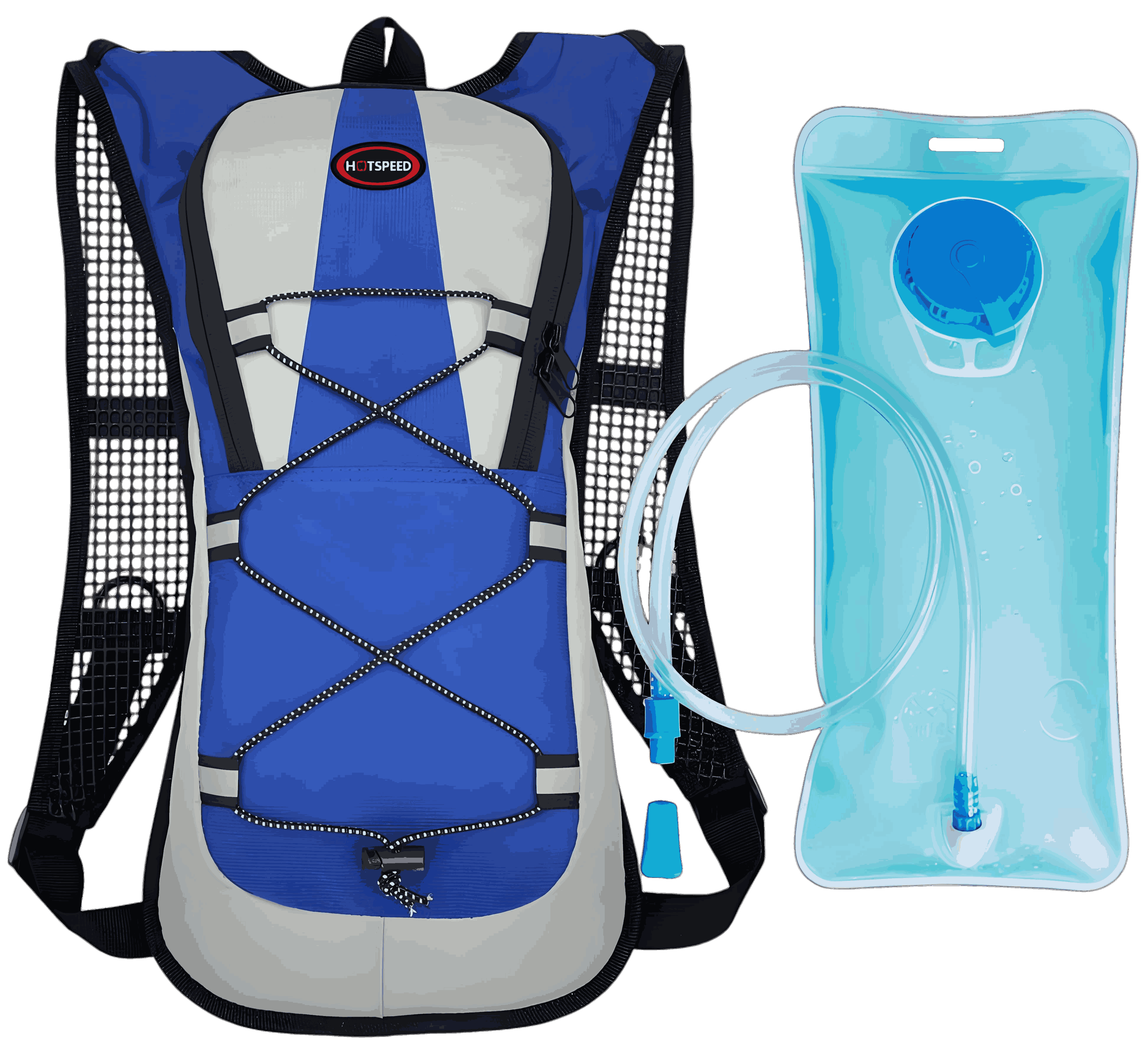
Why Does a Hydration Backpack Shake?
The shaking of a hydration backpack often stems from its design, how it’s worn, weight distribution, or the characteristics of the hydration bladder itself. Let’s break down the common culprits:
Poor Backpack Fit
Different brands design hydration backpacks with varying fits. Some have overly wide or narrow shoulder straps, insufficient back support, or a structure that doesn’t conform to the body’s curves. These factors can cause the backpack to shift during movement.
Liquid Movement in the Bladder
Water in the hydration bladder moves with your steps, especially if the bladder is less than half full, causing the liquid to slosh and amplify shaking.
Improper Wearing Technique
If the shoulder straps, chest strap, or waist belt aren’t adjusted correctly, the backpack won’t stay snug against your body, leading to swaying or bouncing.
Uneven Weight Distribution
If items inside the backpack, like the bladder, phone, or energy gels, aren’t secured properly, they can shift and contribute to instability.
Body Posture or Activity Intensity
During high-intensity activities like trail running or fast hiking, your body’s movement can exacerbate backpack shaking, especially on uneven terrain or during ascents and descents.
Understanding these causes allows us to address the issue systematically, from choosing the right gear to adjusting how it’s used.
How to Fix Hydration Backpack Shaking? 8 Practical Solutions
Below, I share eight tried-and-tested methods to reduce hydration backpack shaking. These cover gear selection, adjustments, and usage tips, suitable for both beginners and seasoned adventurers.
1. Choose the Right Hydration Backpack
Selecting a suitable hydration backpack is the first step to preventing shaking. Different activities (hiking, running, cycling) require different designs. Here’s what to consider:
Fit and Comfort: Opt for a backpack that contours to your body. The back panel and shoulder straps should align with ergonomic principles. Running backpacks are typically lightweight and slim, while hiking ones need more support.
Capacity: Match the capacity to your needs—5-10 liters for short runs, 10-20 liters for long hikes. Oversized backpacks increase the likelihood of items shifting.
Strap System: Ensure the backpack has adjustable chest and waist straps to secure it and minimize movement.
Bladder Compartment: A quality backpack will have a dedicated bladder compartment with straps or clips to prevent the bladder from sliding.
I recommend brands like Salomon, CamelBak, or Ultimate Direction for their excellent fit and stability. Always try on a backpack before buying to ensure it suits your body shape.
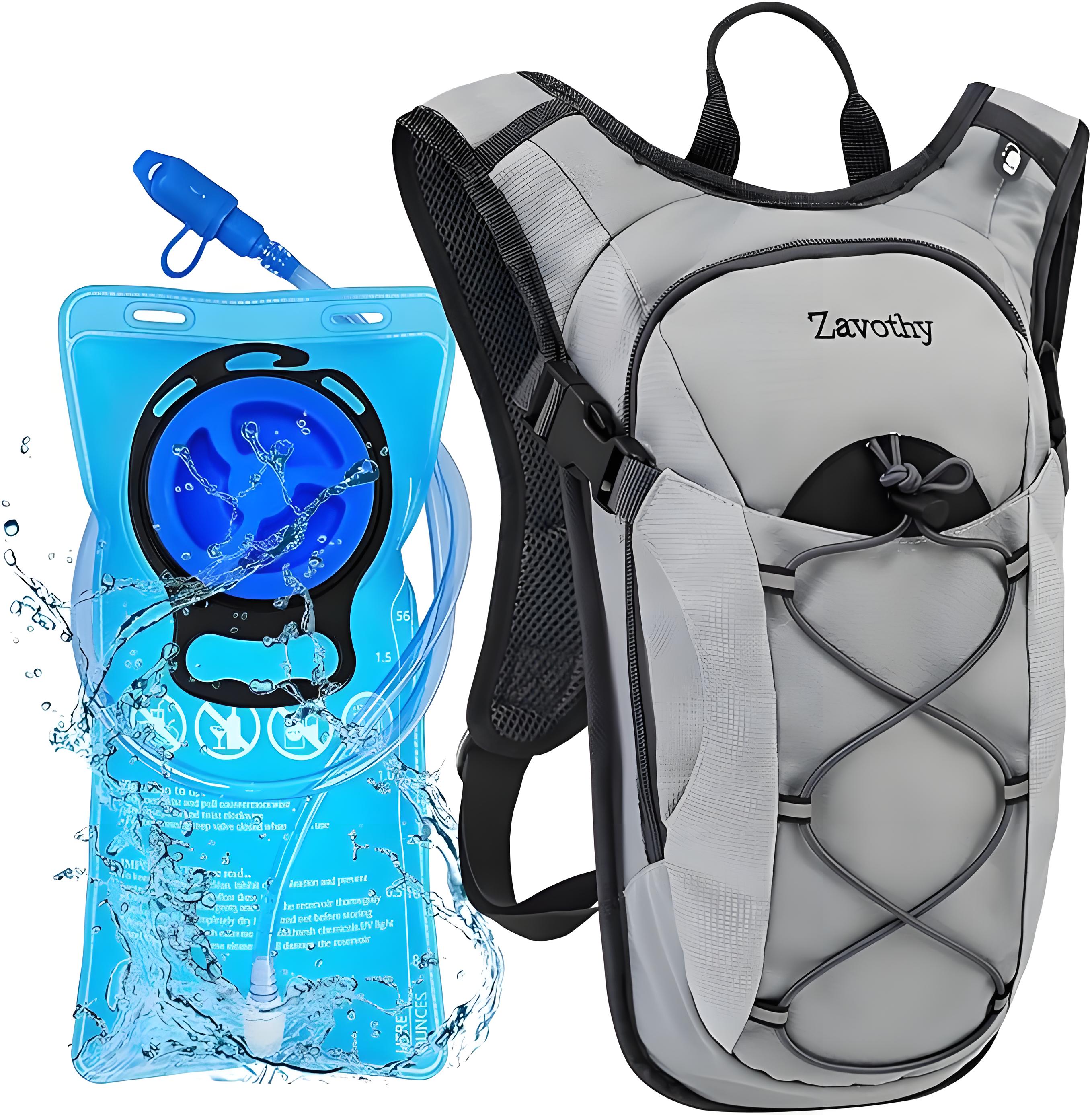
2. Adjust Shoulder, Chest, and Waist Straps
Proper adjustment is key to reducing shaking. Many people simply sling on a backpack and tug the shoulder straps, only to find it bouncing after a few steps. Here’s how to adjust correctly:
Shoulder Straps: Adjust them to be snug but not constrictive, ensuring the backpack sits close to your shoulders without pressing on your chest.
Chest Strap: Position it near your sternum and tighten it to prevent side-to-side swaying. Some backpacks allow height adjustments for optimal placement.
Waist Belt: If your backpack has a waist belt, fasten it just above your hips to distribute weight and reduce vertical bouncing.
I spend a minute tweaking these straps before every outing, and it makes a huge difference. For running, the chest strap’s position is especially critical for stability.
3. Control the Water Amount in the Bladder
The amount of water in the bladder directly affects shaking. A half-empty bladder allows water to slosh, destabilizing the backpack. My tips:
Fill the Bladder Fully: A full bladder minimizes liquid movement, reducing shaking. If you don’t need much water, opt for a smaller-capacity bladder.
Remove Air Bubbles: After filling, hold the bladder upside down, squeeze out excess air, and secure the cap tightly. Air bubbles cause water to slosh audibly.
Check the Bladder: Ensure it’s not leaking or damaged, as this can worsen water movement.
Once, during a half-marathon, I only filled my bladder a third full, and the sloshing drove me nuts. Now, I always fill it up, and the shaking is barely noticeable.
4. Secure the Bladder and Items
Loose items inside the backpack can amplify shaking. Here’s how to keep everything in place:
Use Bladder Straps: Most hydration backpacks have straps or clips to secure the bladder. Make sure it’s snug against the backpack’s inner wall.
Distribute Weight: Place heavier items (phone, keys) in pockets closer to your body and lighter items (energy gels) in outer pockets to lower the center of gravity.
Fill Empty Spaces: If the backpack has extra room, use soft clothing to fill gaps and prevent items from shifting.
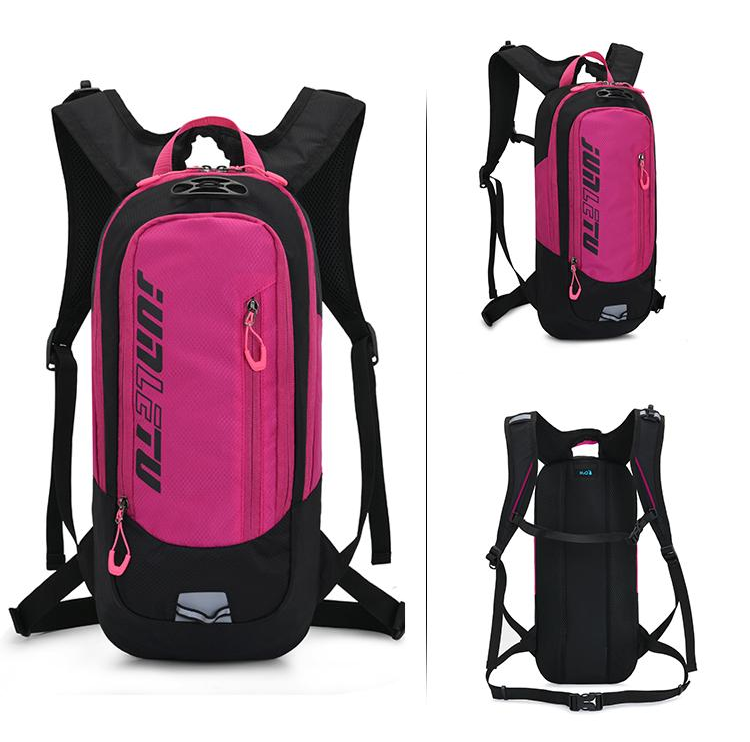
5. Choose the Right Bladder Type
The bladder’s design impacts shaking. There are two main types: soft and hard.
| Type | Features | Pros | Cons |
|---|---|---|---|
| Soft Bladder | Flexible, foldable, lightweight | Conforms to backpack, lightweight | More liquid movement, needs to be full |
| Hard Bladder | Rigid, fixed shape | Less liquid movement, stable | Heavier, takes up more space |
From experience, soft bladders work well for short activities, while hard bladders perform better for long hikes. If shaking persists, consider trying a hard bladder.
6. Optimize Your Movement Posture
Shaking can also stem from your movement. High-intensity activities like trail running amplify backpack motion. My suggestions:
Engage Your Core: Tighten your core muscles while running to stabilize your upper body and reduce vertical bouncing.
Adjust Your Stride: Use shorter strides and higher cadence to minimize body sway.
Handle Slopes: Lean slightly forward on ascents and lower your center of gravity on descents to keep the backpack steady.
When I started running, my poor posture made the backpack feel like a wild animal. Adjusting my stride and core engagement significantly reduced shaking.
7. Regularly Inspect Your Backpack
Over time, straps may loosen, and bladders can wear out, worsening shaking. My checklist:
Strap Elasticity: Check shoulder and chest straps for wear and replace if needed.
Bladder Integrity: Ensure the bladder’s cap and hose don’t leak.
Backpack Stitching: Inspect seams for fraying, as this can affect stability.
I check my gear annually, replacing anything worn to avoid issues during critical moments.
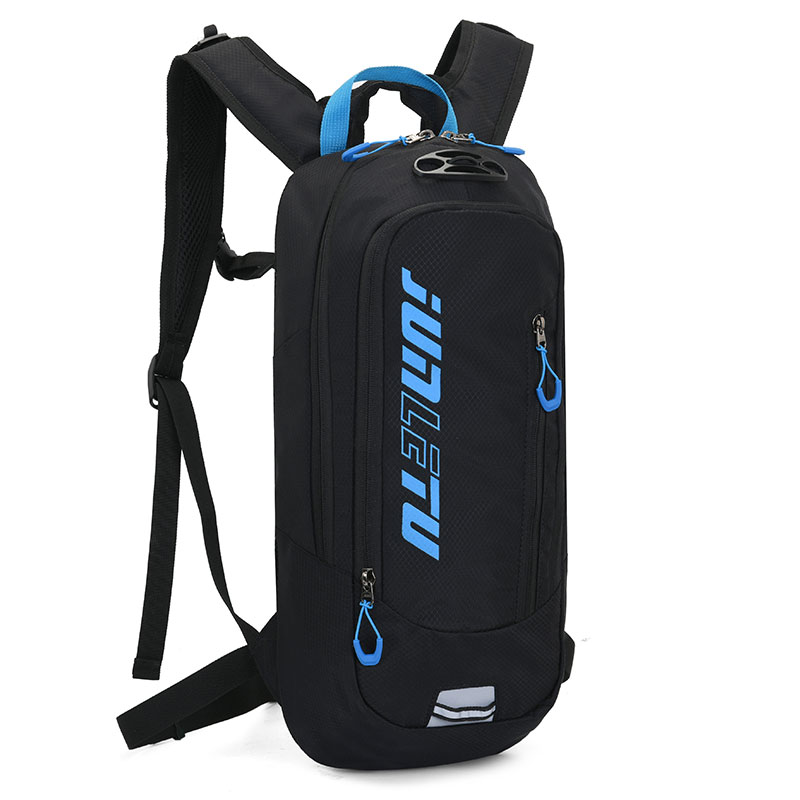
8. Use Additional Accessories
If the above methods don’t fully resolve the issue, consider these accessories:
Compression Straps: Some backpacks allow add-on straps to tighten the load.
Anti-Slip Pads: Attach anti-slip material to shoulder straps or the back panel for extra grip.
Lightweight Bottles: If bladder shaking persists, try chest-mounted water bottles to reduce back movement.
My Personal Experience: From Shaking to Stability
A few years ago, during my first trail race, I used an entry-level hydration backpack. Within 5 kilometers, the shaking left my shoulders sore, and the sloshing water was maddening. Determined to fix this, I researched solutions, upgraded to a better-fitting backpack, mastered strap adjustments, and started filling the bladder fully. Now, whether I’m on a trail or a long hike, my backpack stays snug, and shaking is a thing of the past.
Which Solution Suits You?
To help you choose, here’s a comparison table of solutions for different scenarios:
| Scenario | Recommended Solution | Difficulty | Cost |
|---|---|---|---|
| Short Runs | Adjust straps, fill bladder | Low | Low |
| Long Hikes | Use hard bladder, optimize weight | Medium | Medium |
| Limited Budget | Adjust wearing, fill empty spaces | Low | Low |
| High-Intensity Runs | Choose pro backpack, add straps | High | High |
Pick a solution based on your activity and budget. Beginners should start with strap adjustments and filling the bladder, as these are low-cost and effective.
Extra Tips: Daily Habits to Prevent Shaking
Here are some habits to minimize shaking from the start:
Try Before You Buy: Test the backpack in-store, mimicking running or walking motions to check fit.
Clean the Bladder Regularly: Bacteria can affect the bladder’s seal and performance. Clean and dry it after each use.
Mark Strap Positions: Once you find the perfect strap setup, mark it with a pen for quick adjustments.
Conclusion: Make Your Hydration Backpack a Reliable Companion
While a shaking hydration backpack can be a nuisance, choosing the right gear, adjusting it properly, and optimizing water and weight distribution can transform it into a reliable partner. I hope these tips help you conquer shaking and enjoy your outdoor adventures. Feel free to share your experiences or questions in the comments—let’s make every journey smoother together!
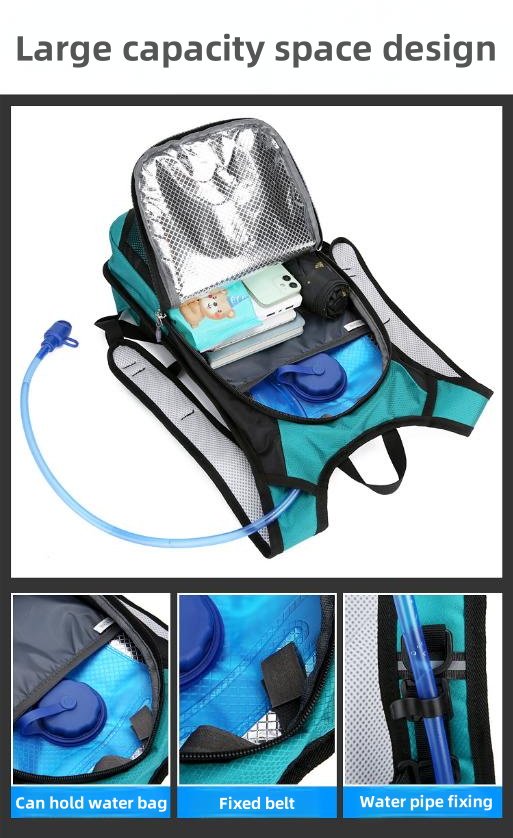
Related Q&A
Q1: Can a shaking backpack harm my health?
A: Prolonged use of a shaking backpack may cause shoulder and back fatigue or minor spinal discomfort. Proper adjustments can significantly reduce these risks.
Q2: Are soft or hard bladders better for beginners?
A: Soft bladders are lighter and more affordable, making them ideal for beginners. Hard bladders, though, are better at reducing shaking if budget allows.
Q3: Should I replace my backpack if shaking persists?
A: Not necessarily. Try adjusting straps, water levels, and weight distribution first. If issues remain, the backpack’s design may not suit your activity, so consider trying a different model.
Q4: Any recommended brands or models?
A: Salomon’s Adv Skin series is great for trail running, CamelBak’s Octane series suits hiking, and Ultimate Direction’s Signature series balances both. Choose based on your body and activity needs.